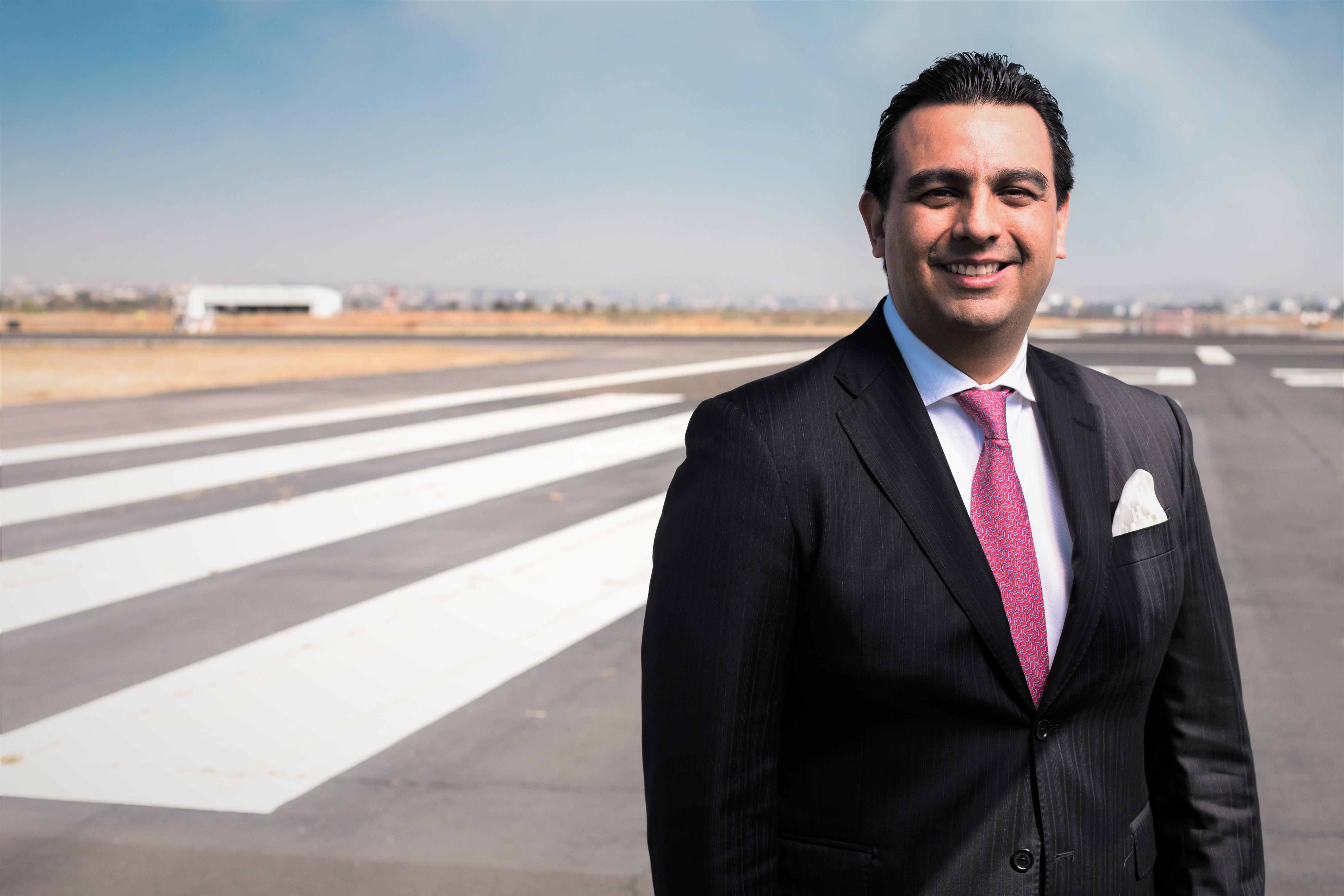
What is demand like at the moment?
Around 65% of our passengers are domestic and 35% are international. We’re seeing some demand return in the domestic market, as well as more international VFR traffic.
In terms of international, it is important to understand that the biggest markets are mainly to South California. A lot of people will say that the second-biggest city in Mexico is Guadalajara. It’s not—it’s probably Los Angeles. Typically, more than 70% of the plane will be filled with Mexicans, which is why we’re seeing some international traffic return and the likes of Volaris and Viva Aerobus are going after that part of the market.
However, we are still seeing a general lack of confidence in the Mexican market. Many of the passengers flying are doing so because of necessity, be it for a family emergency or for business, rather than a desire to fly. I think we may start to see a change in behavior over the coming months as people might be happy to fly on short-haul leisure routes. However, long-haul will take much longer to return.
What incentives are you providing to help stimulate capacity growth?
Before carriers asked us for anything, we arranged a campaign of discounts. All overnight parking has been free for four months and we lowered other airport service fees. We knew we needed to support our partners through this crisis. We have also launched an incentive program to encourage the return of capacity and routes.
However, there has been a huge decrease in the Mexican economy and forecasts suggest a GDP reduction of over 11% this year. That’s one of the biggest dips in the history of Mexico. It is therefore really difficult to know what the level of demand will be because the economy is a lot smaller today than it was a year ago.
In some cases, carriers have also grounded a big percentage of their fleet. Aeromexico is undergoing a restructuring process, for example, which will probably take out up to 30% of their total seat capacity. Therefore, it is like a double shock: on one hand the economy has shrunk, and people have less discretionary spend; and on the other there are fewer seats, particularly in the domestic market.
Some of the smaller regional routes disappeared at the beginning of the pandemic and I think it will take two or three years for these low-density markets to return. We recently saw that Aeromexico Connect returned many of its [leased] regional jets so we’re in a position where there isn’t enough capacity to serve all the regional markets as it would not be profitable to fly them with larger aircraft.
What are you doing across your portfolio of airports to stimulate demand and restore passenger confidence?
We have made a huge effort to bring all the best practices that we've seen in the market. We are taking temperatures, sanitizing all areas of the airports, and taking all contact details so people can be traced. This is happening across all our airports. We are also working with universities and the World Travel & Tourism Council (WTTC) to make sure our protocols are adhering to the best standards.
There is a lot of work happening to bring back passenger confidence and I think it will return in a few months. However, we then may face a different challenge where capacity might not match demand.
Q2 traffic was down by 86% across the group. What will the figures for Q3, Q4 and beyond look like?
We have forecasts but things are changing day-by-day. However, we are working on the assumption that we will close 2020 with a passenger decrease of about 49% across the group compared to last year. In 2021, the decrease will be about 35% on 2019 passenger levels.
So, we think that there will be some recovery in 2021 but we will be facing a new reality given the state of the Mexican economy, the reduced fleet among carriers, and there will still be a lack of confidence among passengers. I think that 2021 will be a key year to understand the trends and will be like a new beginning.
What are the key things you’ve learned during the pandemic?
I think the first learning is how quickly passenger confidence in flying can be affected. Although COVID-19 is a health emergency, it has hit the aviation industry very hard. We have therefore had to ensure we understand the needs and fears of passengers throughout every stage of their journey. That means that we will continue to create ‘touchless’ airports in the future through facial recognition technology and smart gates.
The second major learning is that passenger behavior can change super quickly and you need to adapt to that. On the commercial side, we’re developing an app so that passengers can order in advance for their food. That isn’t something we necessarily thought we needed six months ago, but we need to be flexible and adapt our offer so that passengers are comfortable.
Photo credit: Grupo Aeroportuario del Pacífico
